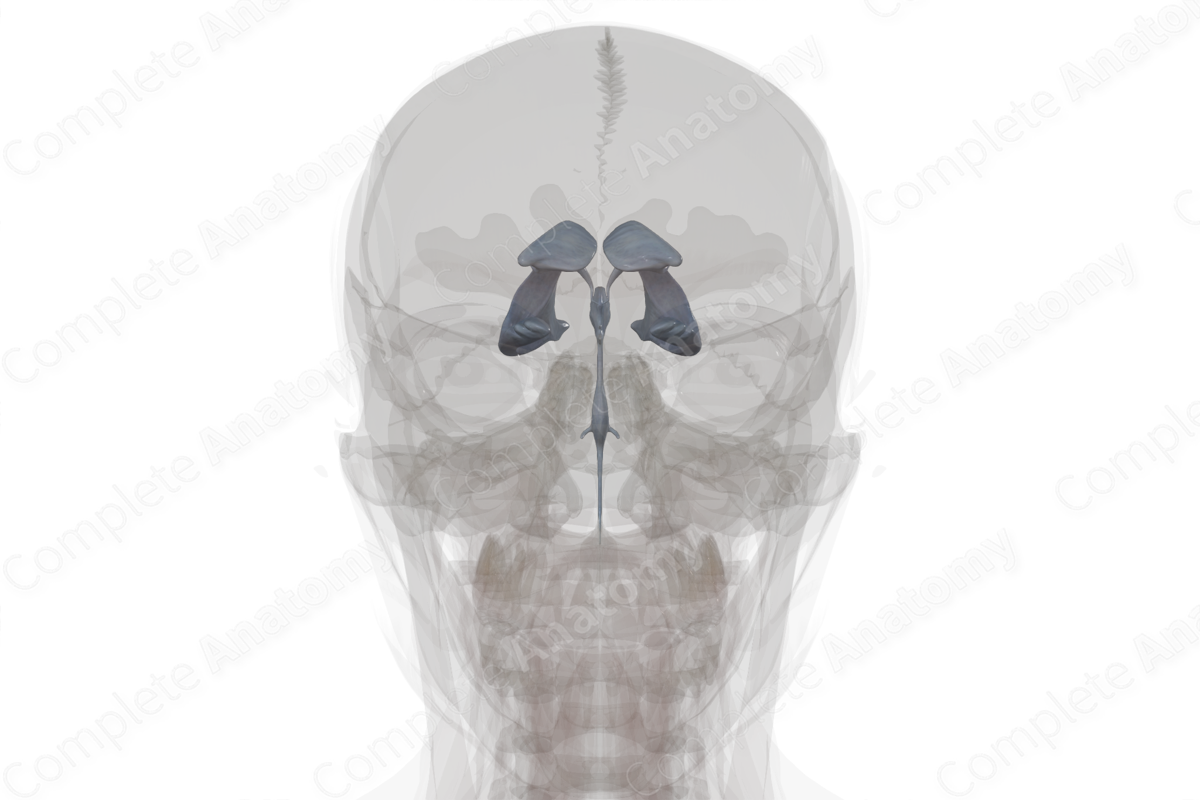
Ventricular System of Brain
Quick Facts
The ventricular system of the brain consists of four ventricular chambers, which permeate the brain. These include the right and left lateral ventricles, (also known as the first and second ventricles), the third ventricle and the fourth ventricle.
They contain the cerebrospinal fluid (CSF) which cushions the brain. CSF is also found between the pia mater and the arachnoid mater in the brain and spinal cord to maintain the brain in a buoyant suspension, preventing gravity from compressing the brain against the base of the skull. It also aids in shock absorption, preventing damage to the brain due to physical trauma. CSF also plays important roles in collecting and circulating waste from the brain and spinal cord and in nourishing the central nervous system.
Within the ventricles (with the exception of the posterior and anterior horns of the lateral ventricles), is a specialized structure called the choroid plexus. The choroid plexus is responsible for producing CSF.
Each of the four ventricles are joined by small holes, or foramina. CSF flows from the lateral ventricles, through foramina of Monro into the third ventricle, and then through the cerebral aqueduct in the brainstem to the fourth ventricle. From the fourth ventricle, the CSF flows down the spine in the central canal of the spinal cord via the foramen of Magendie (centrally), and the left and right foramina of Luschka (laterally).
Related parts of the anatomy




